A Stamp of Approval for John Prine
The idea was to get John Prine on a postage stamp.
He wrote some of the best songs about the American condition while on his late 1960s U.S. mail route. And it’s been assumed the little ranch house I bought in near west suburban Westchester, Ill. was on the postal path of the Maywood native. Since the COVID-19 pandemic kicked in, the volume of mail delivered by the U.S.P.S. has declined. The agency is asking Congress to keep the postal service going. President Trump has refused to sign a new bill that includes postal service funding.
Rolling Stone magazine reported that after John’s death on April 7, his songs were streamed 20 million times in two days. Just think, if each one of those streams could be converted into a movement for a John Prine stamp or an effort to help save the postal system. Or, to rename the Maywood post office in John’s honor…..
…..So I contacted my old friend Michael Hernandez de Luna.
Hernandez de Luna is a Bridgeport-based artist and musician. He is known for his mischievous stamp art. Hernandez de Luna has designed bogus fake stamps, affixed them to envelopes and mailed them. His coffee table book “American Beauty” (badpress books, Chicago, 2008) features stamps of Hank Williams and Johnny Cash (who actually was honored in 2013 in the U.S.P.S’s Music Icons series), the Lee Harvey Oswald assassination and porn star Linda Lovelace (who will never make a real U.S.P.S. stamp.) His art isn’t counterfeit so he has never been arrested or prosecuted. In 2016 the “Michael Hernandez de Luna: Philatelic Adventures” retrospective was featured at The Carl Hammer Gallery in Chicago.
I commissioned Hernandez de Luna to take a stab at a couple of John Prine stamps. It had been three years since he made a stamp.
It turned out that Hernandez de Luna is also from near west suburban Maywood. I did not know this. I met Hernandez de Luna some 26 years ago through the Jumping Bean Café in Pilsen and our mutual friend Ricky Moreno.
“It would be an honor,” Hernandez de Luna wrote in an April 14 e-mail. “John lived on the north side of Maywood, I grew up on the south side of Maywood near Hines hospital. I used to watch his brother Billy play music in a friend’s basement with her older brother and in my teen years, I played music with one of John’s distant cousins who lived around the corner from me. Man, his first LP is a monument to storytelling and songwriting. It is as fresh as the day I first heard it.
“People are still searching for hopes and dreams.”
That’s why Hernandez de Luna chose John’s 1971 self-titled debut for Atlantic Records as a commemorative stamp. “I made it classical and the love for that album,” he said. “Every song on that thing is a hit.” The album featured the classics “Hello In There,” “Sam Stone,” “Paradise,” “Angel From Montgomery,” “Donald and Lydia” and more.
John’s band was the empathetic American Sound Studio Memphis Boys (Reggie Young, lead guitar; Gene Chrisman on drums, Bobby Wood on piano and others. The liner notes gave special thanks was given to Kris Kristofferson and Paul Anka. Now, there’s another stamp idea.
Hernandez de Luna explored the same junkyard that John wrote about in the debut album’s “Far From Me,” which John often said was his favorite song he had written. The Maywood junkyard was where John observed that “a broken bottle looks just like a diamond ring.” He knew of the Third and Green corner in Maywood that John wrote about in “The Accident (Things Could Be Worse) on his 1973 “Sweet Revenge” album. And that’s John’s older brother Dave playing fiddle on the track.
The stamps Hernandez de Luna made are not for sale, nor are they meant for commercial use. They are intended to inspire this discussion.
It was rewarding for Hernandez de Luna to get back in the art game. He graduated from the School of the Art Institute in 1983. Just like John Prine, Hernandez de Luna had spent some time in Germany. He was playing in the Burning Rubber Dolls, a revved-up Hank Williams, Sr. cover band and making signs for the civilian services branch of the U.S. Army. When he returned to the states in 1994 Hernandez de Luna hooked up with former art institute classmate Michael Thompson.
They began their stamp art as a prank. Within a year, postmarked envelopes matched with the sheet of originals were selling for more than $600 and they both received grants from the Illinois Arts Council. In 2001 they released the book “The Stamp Art and Postal History of Michael Thompson and Michael Hernandez de Luna.”
Hernandez de Luna creates the stamps on a computer and then perforates them on an 1888 foot powered perforator made by the Rosback Company of Benton Harbor, Mi. “I have not touched the machine for some time now,” he wrote late last week. “She might be angry with me. So we got to take it slow, like courting a woman.”
Making the John Prine stamps took Hernandez de Luna back to a kaleidoscopic coming of age. “In the 1960s Maywood streets were filled with children from all walks of life, a true melting pot of cultures,” he said. “Everybody played music. And everybody was forming bands. I had a girlfriend in the seventh grade whose brother was in college. He played a double bass drum kit like Ginger Baker of Cream. We’d be watching her brother and friends jam in her aunt’s basement. Their music was a bluesy kind of rock n’ roll. One of the players was Billy Prine.”
Hernandez de Luna attended Proviso East High School, just as the Prine brothers did. All of them used art, humor and the spirit of community to connect with the world. Hernandez de Luna still plays live music. He’s the bassist in Johnny Profit & the Glass Cowboys, a staple at Bernice’s Tavern in Bridgeport.
In his introduction to “American Beauty,” Hernandez de Luna wrote in part, “In this career of mine, I have managed to attract the unsolicited attention of mail carriers, postal inspector, state police and prosecutors, the FBI, the U.S. Secret Service, and the German customs officials all by making postage stamps and sending them through the postal system. I am very pleased that everyone so far has been able to laugh about the work I produce.
“In any case, I am an American artist of Mexican descent working in the twenty-first century out of Chicago.”
On Monday afternoon Hernandez de Luna returned to Maywood to try to get his new John Prine stamps canceled at the Maywood post office, which is being remodeled. They weren’t doing cancellations. But I looked at the historic post office. I reminded Hernandez de Luna how in 2010 U.S, Rep Mike Quigley introduced the bill to rename the Lakeview post office, 1343 W. Irving Park Rd., for singer-songwriter Steve Goodman, John’s long time compatriot. In the October, 2010 dedication more than 200 friends and family sang along inside the post office with Michael Smith and his wife Barbara Barrow to the Smith composition “The Dutchman,” (covered by Goodman):
“…Long ago, I used to be a young man/and dear Margaret remembers that for me…”
Hernandez de Luna’s parents were bakers. His mother Consuelo worked in a factory behind the classic Majestic carpet sign that greeted eastbound travelers on the Eisenhower Expressway. She later worked at the Entenmann’s Bakery in west suburban Northlake. Hernandez de Luna’s father Alfonso was a baker at the Burny Brothers factory, 4600 W. Chicago Ave. in Chicago.
The family was part of the Maywood working-class milieu that also produced football Hall of Famer Ray Nitschke, activist Fred Hampton and Los Angeles Clippers coach Doc Rivers.
John’s father Bill Prine became a union leader at American Can Co in Maywood. Before closing in 1975, the American Can Co. facility covered nearly 20 acres of the gritty suburb. Known as the birthplace of the beer can, American Can Co. was a giant in the metal stamping industry. Each set of parents; one from Mexico, the other from Kentucky, each set made tremendous sacrifices so their children could succeed.
This is the beauty of the American fabric.
Postal workers have been asking the public to reach out to representatives asking for support of H.R. 6425, the Protect our Post Offices Act that appropriates $25 billion to the U.S. Postal Service. Send them a letter. And let’s stick up for postal workers with the sweet spirit of a commemorative John Prine stamp.
The postal service welcomes suggestions for stamp subjects that celebrate the American experience. Any proposal that meets the established criteria will be considered.
Here are the criteria:
Please submit your proposal in writing by U.S. Mail. (No in-person appeals, phone calls or e-mails accepted.) Include pertinent historical information and important dates associated with the subject in your proposal. Mail your suggestion to:
Stamp Development
Attn: Citizens’ Stamp Advisory Committee
475 L’Enfant Plaza, SW, Room 3300
Washington, D.C. 20260-3501
As of January, 2018, no living persons will be honored on a stamp. Deceased individuals will be honored no earlier than three years after his or her death. All suggestions that meet criteria are presented to the committee at the next quarterly meeting.

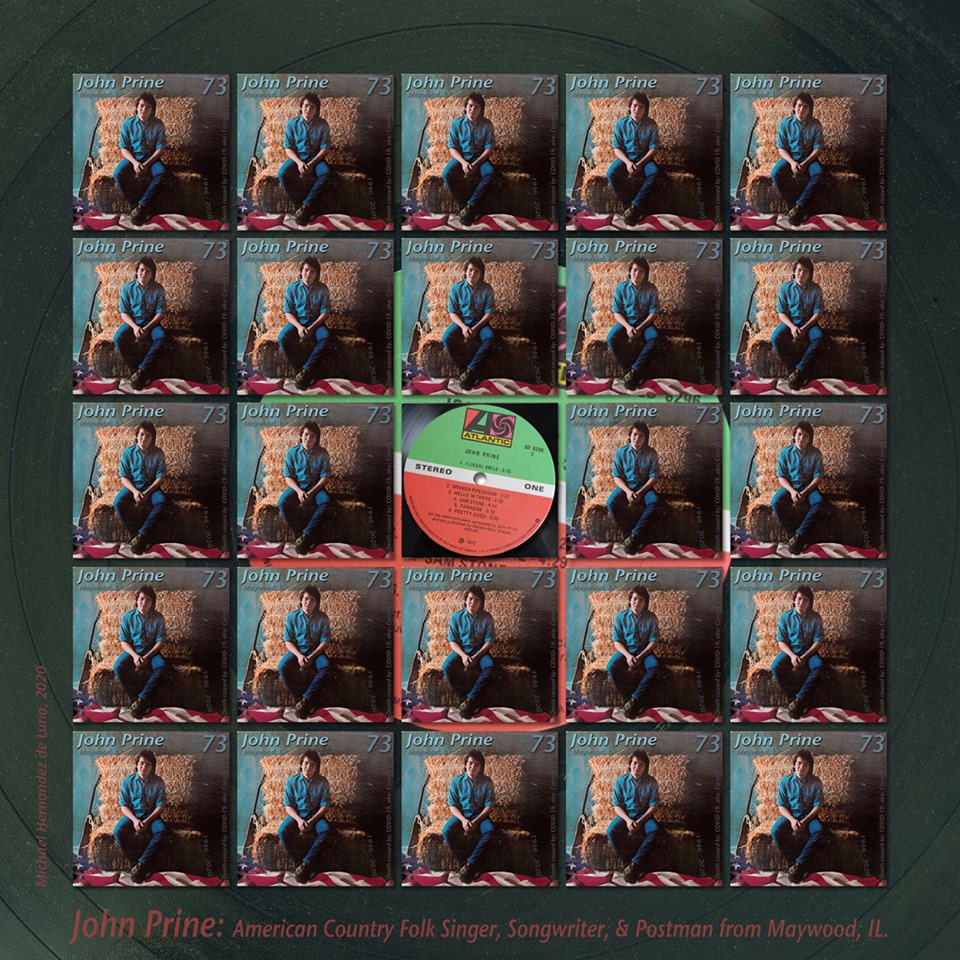
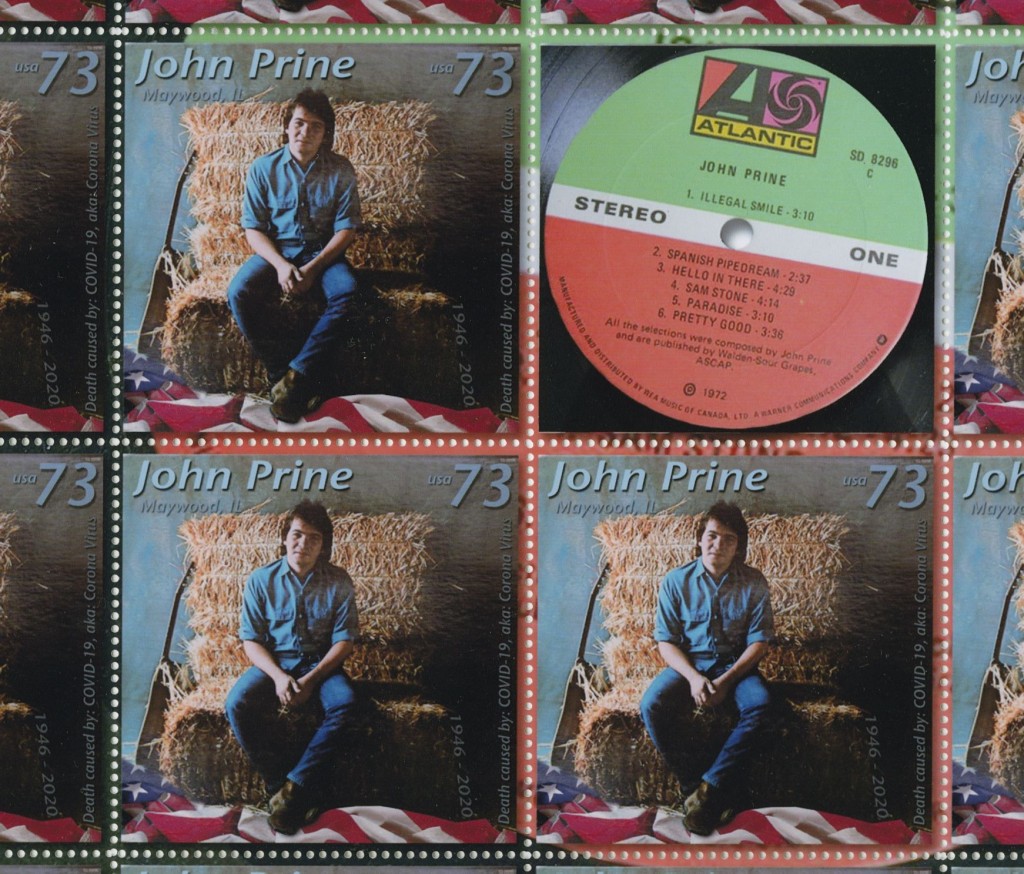
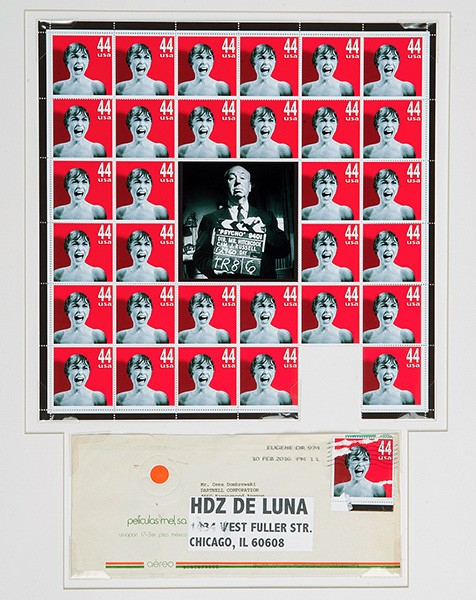
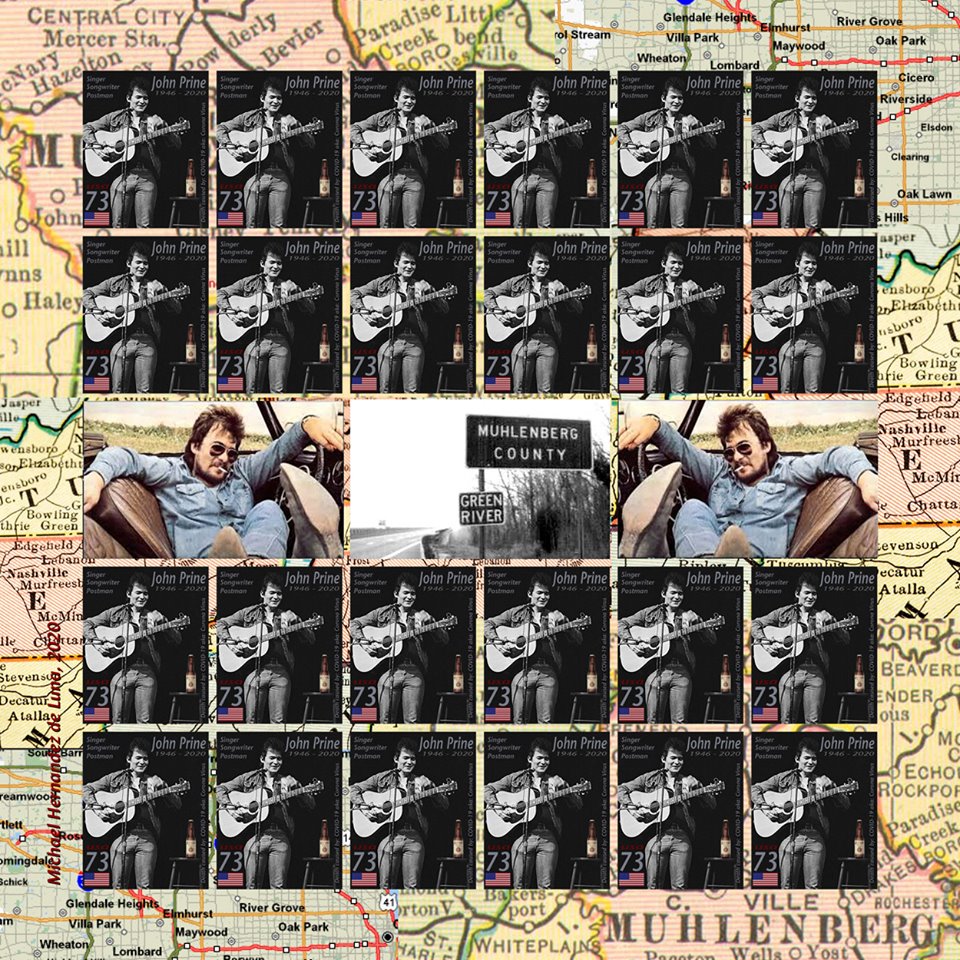
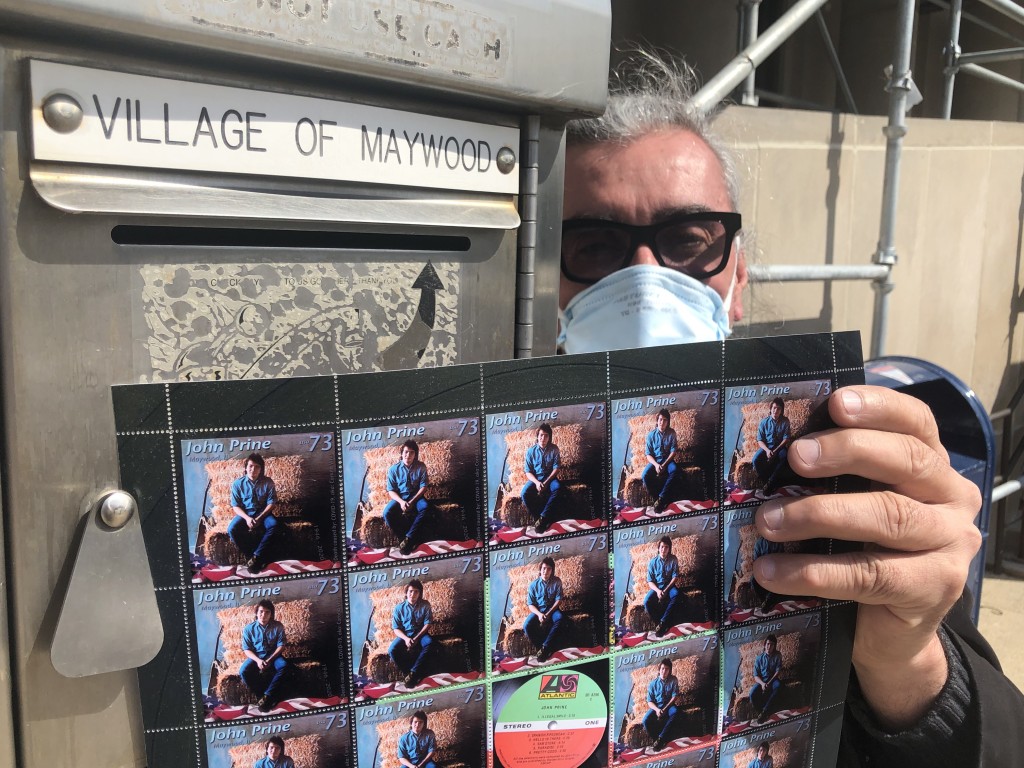
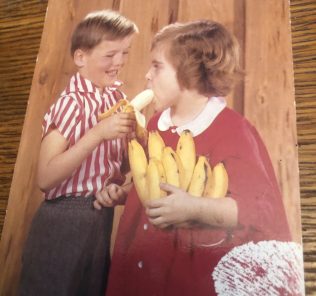
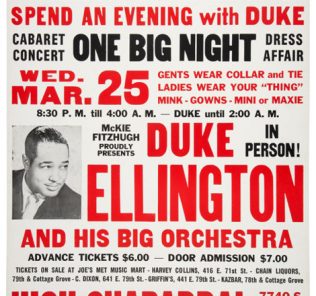
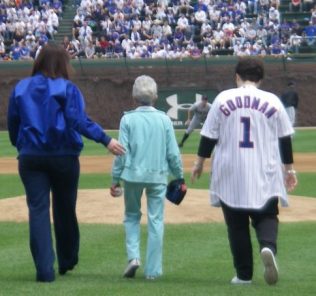
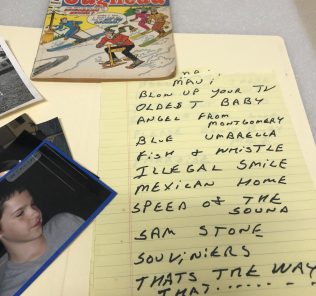
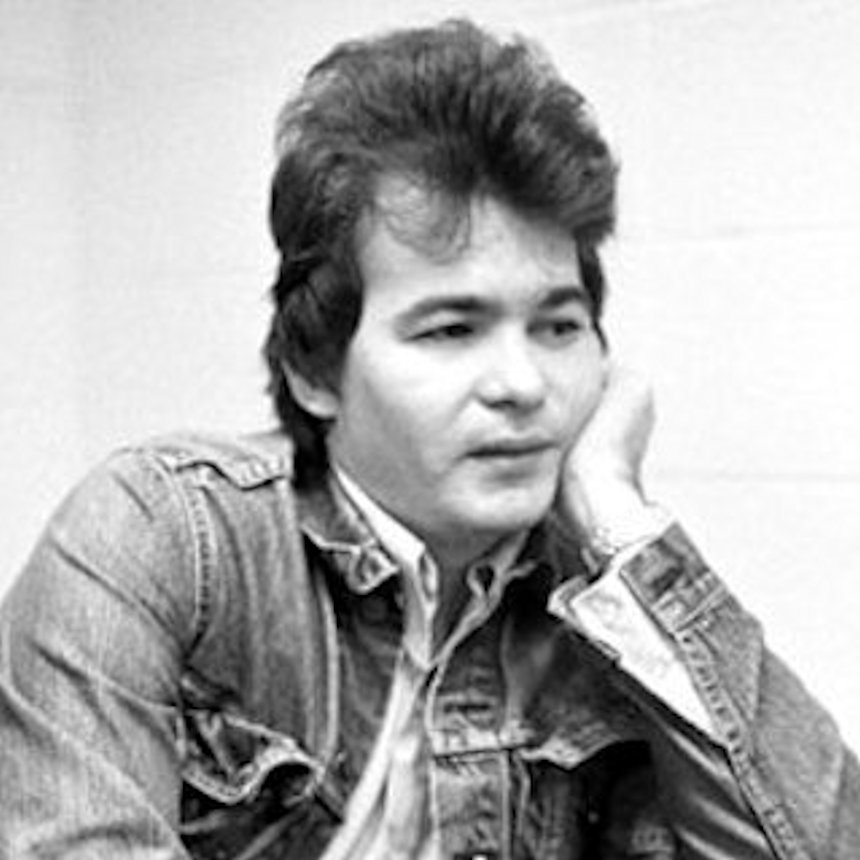
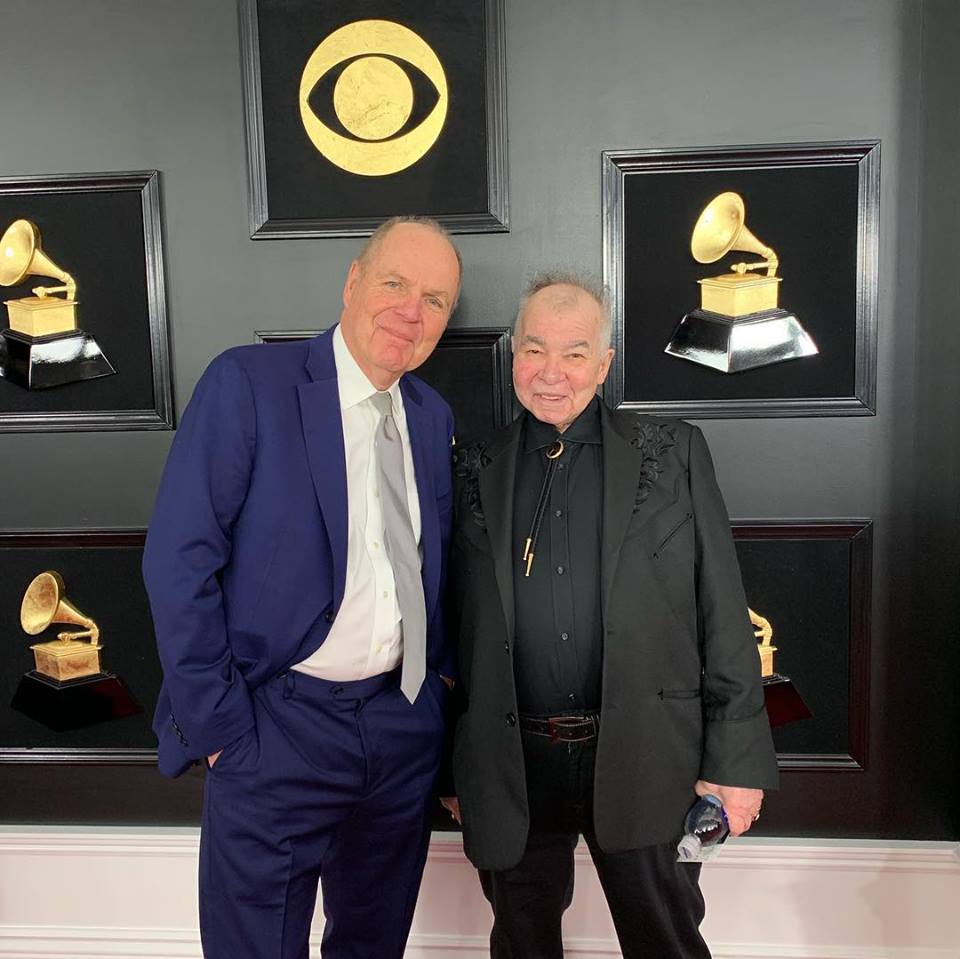
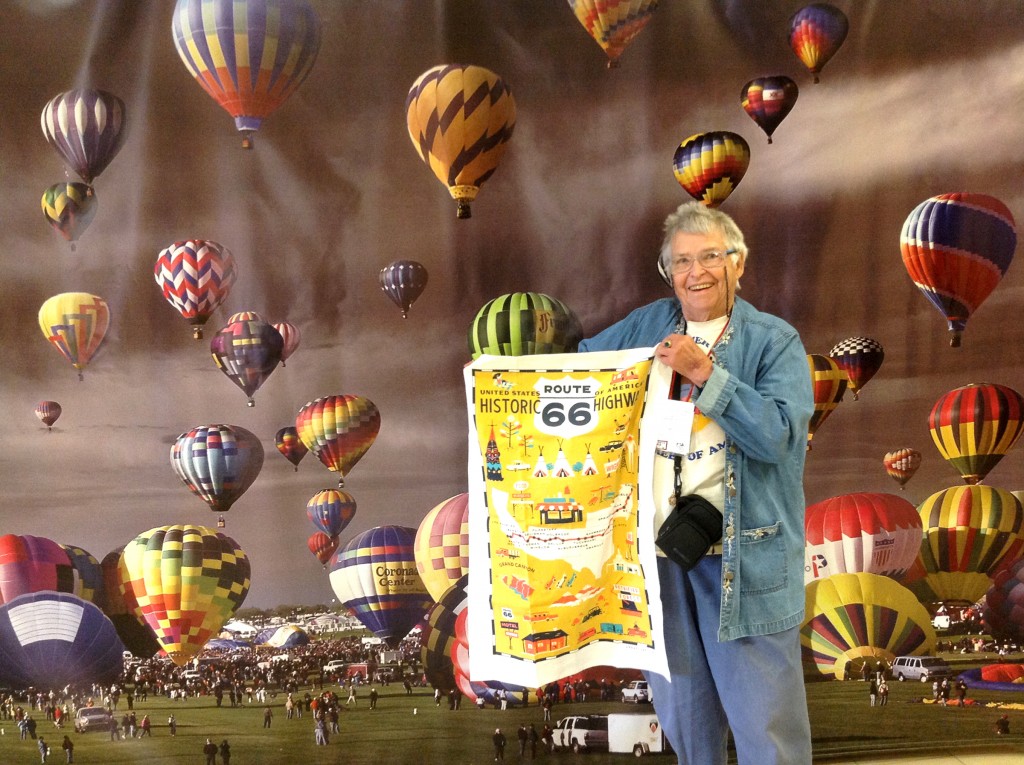
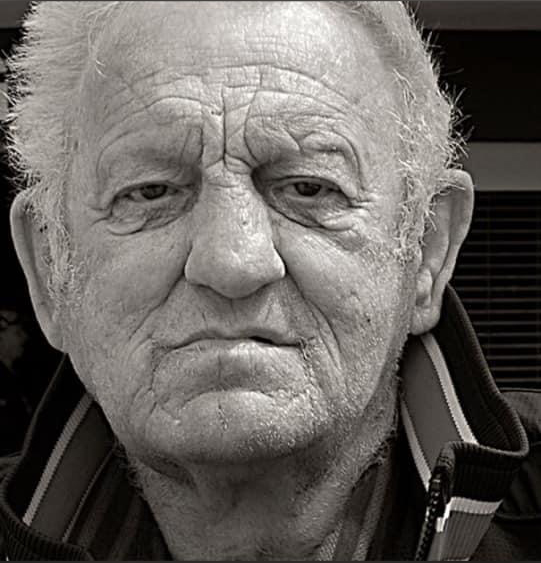
If we all got together to force an exception to the three year rule, maybe we could make the Postal Service some money.
Bill
Bill, you are absolutely correct. Thanks for reading.
And there is this, too:
https://store.johnprine.com/collections/t-shirts/products/singing-mailman-delivers-t-shirt
The “criteria” link got changed since this was posted 4 months ago. Here is the new link (if the comment box allows it): https://about.usps.com/who/csac/welcome.htm#criteria
I enjoyed your article! I can just imagine John Prine walking around with the mail and thinking up songs. My “Mailman delivers” T-shirt is on order. I hope he gets on a stamp. I like the sheets by de Luna. The design on the t-shirt would be a great one too.
Thanks Kathi!
This is valuable information, please share as will I. Thanks for checking in on this little train, Dave